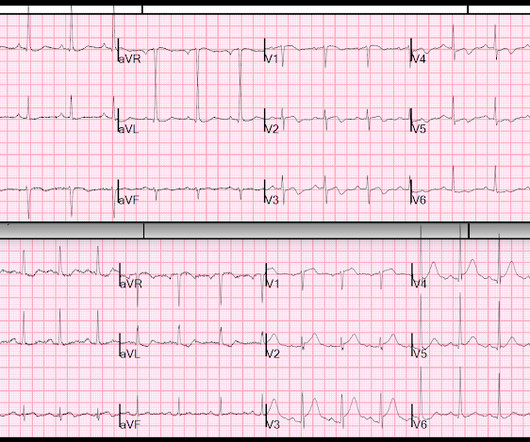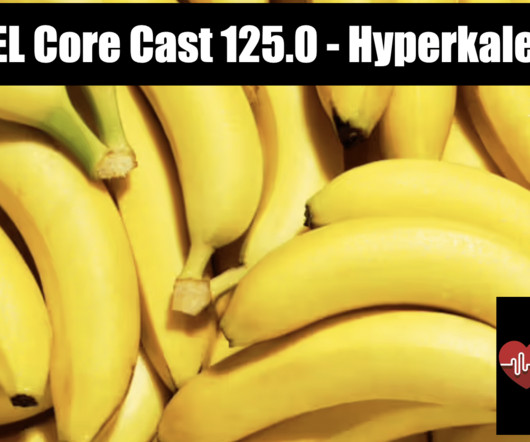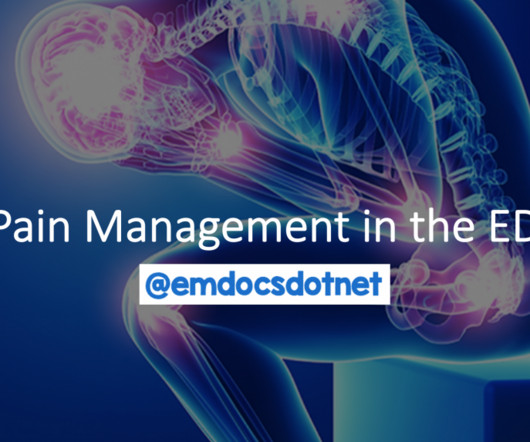If you had recorded an ECG during chest pain, what would it have shown?
Dr. Smith's ECG Blog
JUNE 28, 2018
This ECG (ECG #3) was recorded immediately after the last episode of pain spontaneously resolved. Angiographic and clinical characteristics of patients with unstable angina showing and ECG pattern indicating critical narrowing of the proximal LAD coronary artery. Here is the first post-cath ECG (ECG #4).












Let's personalize your content